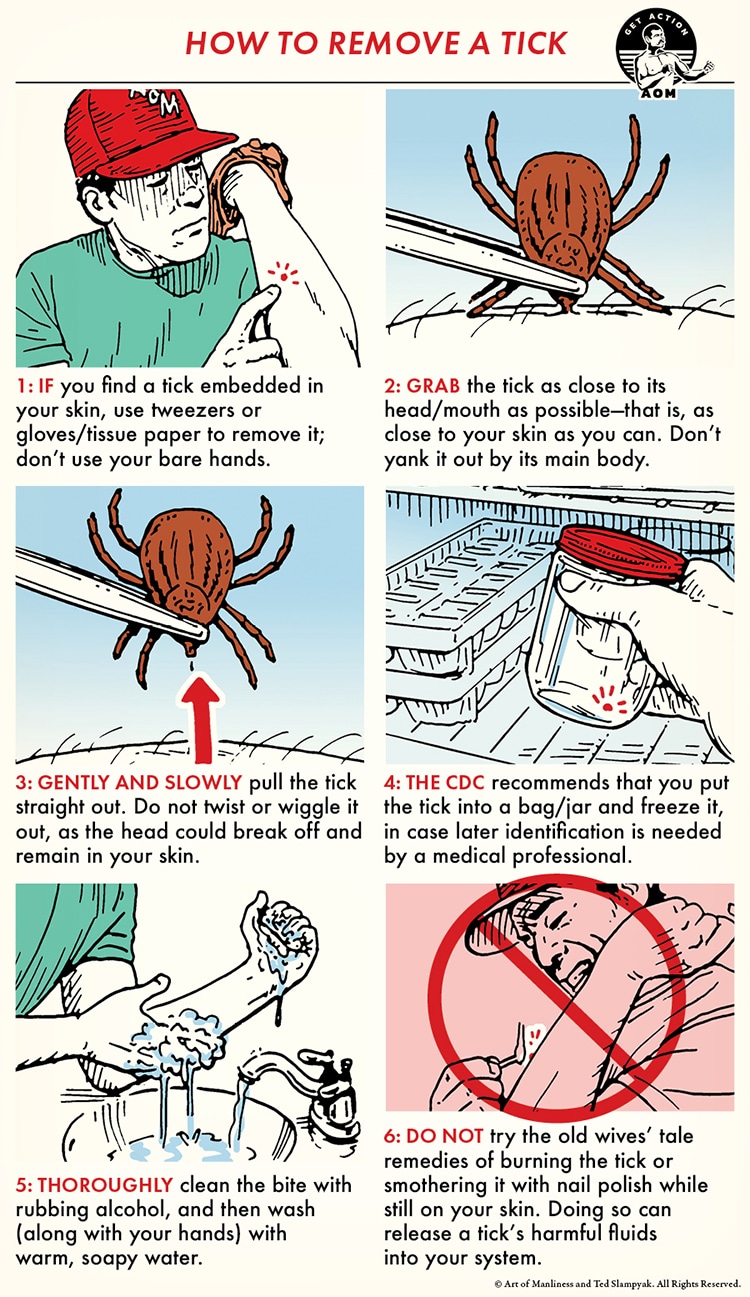Removing a tree stump from your yard can be a challenging task, but it’s crucial for the health and aesthetics of your landscape. Whether you’re dealing with a pesky stump that’s a tripping hazard or simply an eyesore, our practical guide will help you choose the best method for tree stump removal.
What Methods Are Available for Removing a Tree Stump?
There are several methods to choose from when it comes to stump removal. These include manual digging, chemical treatments, stump grinding, and burning. Each method has its advantages and is suitable for different situations depending on the size of the stump, its location, and your personal preference.
Manual removal involves digging around the stump and cutting the roots, while chemical treatments use substances to accelerate stump decay. Stump grinding is a quick method that involves machinery to shave down the stump below ground level. Burning is another option, although it comes with safety and legal considerations.
Before selecting a method, consider the time, effort, and resources you are willing to invest, as well as any environmental concerns associated with the removal process.
How To Remove a Tree Stump Manually?
Manual removal is labor-intensive but can be effective for smaller stumps. Start by using a shovel to dig around the stump, exposing as many roots as possible. Cut through the roots with an ax or root saw, and use a pickaxe to leverage the stump out of the ground.
While manual removal is cost-effective, it requires physical strength and patience. For larger stumps, this method could be impractical, and you may need to resort to other techniques or hire professional services.
Consider using tools like shovels, axes, and pickaxes, and always keep safety in mind by wearing protective gear such as gloves and goggles.

What Are the Benefits of Chemical Treatments for Tree Stumps?
Chemical treatments offer a less laborious alternative to manual removal. Products such as stump killers or natural solutions like Epsom salts can be applied to assist in the decomposition process. These chemicals cause the wood to rot, making it easier to break down the stump over time.
- Chemical treatments are easy to apply and don’t require heavy machinery.
- They are effective for large stumps where manual removal is not feasible.
- It’s a slower process, often taking weeks or months to see results.
Be sure to follow the instructions carefully and consider the potential impact on surrounding vegetation when using chemical treatments.
How Does Stump Grinding Work?
Stump grinding is a fast and effective method that involves the use of a stump grinder to chew away the wood. This machine has a rotating cutting disc that grinds the wood into small chips.
While stump grinding effectively removes the visible portion of the stump, the roots remain underground and may decay over time. This method is ideal for immediate results and is often used by professional services.
Due to the machinery involved, safety precautions are essential. It’s advisable to wear protective gear and mark any nearby utilities before grinding begins.
Is Burning a Tree Stump a Viable Option?
Burning a stump can be an efficient method of removal, but it’s not suitable for all situations. The process involves creating a controlled fire to burn the stump to ash.

Burning is advantageous when dealing with a sizable stump, as it can minimize manual labor. However, it’s crucial to check local regulations regarding open fires and obtain necessary permits if required.
It’s essential to supervise the fire at all times and ensure that it’s completely extinguished to prevent any risk of the fire spreading or the stump smoldering.
What Are the Key Safety Precautions for Tree Stump Removal?
Regardless of the method chosen for stump removal, safety should always be a priority. When working with machinery, wear protective eyewear, gloves, and ear protection.
Ensure that the area is clear of children and pets, and mark any nearby utilities to avoid accidents. If using chemical treatments, follow the manufacturer’s guidelines and keep them out of reach of children and animals.
When burning, maintain a safe distance, have a fire extinguisher or water source nearby, and never leave the fire unattended.
Related Questions on Tree Stump Removal
What is the safest method to burn out a tree stump?
The safest method is to drill holes into the stump and fill them with kerosene or fuel oil. Allow it to soak for several days before igniting it. This controlled approach minimizes the risk of the fire spreading.

Always check with local authorities for regulations and restrictions, and never use gasoline as it’s highly explosive and unpredictable.
How long does it take to completely burn a tree stump?
The time it takes to burn a stump can vary based on its size and the wood’s density. It could take anywhere from several hours to a full day. The fire should be monitored continuously, and you may need to add more fuel to keep it burning effectively.
After the stump has burned and cooled, break up any large pieces and fill the hole with soil to level the ground.
Are there legal restrictions on burning tree stumps in residential areas?
Many areas have legal restrictions on open burning, including tree stumps. Always check with your local fire department or municipal office for rules and regulations. Some areas may require a permit, and others may prohibit burning entirely, especially during dry seasons.
Consider alternative methods if burning is not permitted or feasible in your location.
What safety precautions should be taken when burning a tree stump?
Maintain a safe distance from the fire, and ensure that the area around the stump is clear of debris, leaves, or other flammable materials. Keep a fire extinguisher or hose nearby in case the fire spreads unexpectedly.

Monitor the weather conditions, and avoid burning on windy days when embers could spread easily.
How can I prevent a burned stump from regrowing?
After burning a stump, remove any remaining roots and apply a stump killer or herbicide to the area to prevent regrowth. Fill the hole with soil and consider planting grass or other vegetation to cover the area.
Regular monitoring and treatment may be necessary to ensure complete removal.
What are the environmental impacts of burning tree stumps?
Burning stumps releases carbon dioxide and other pollutants into the atmosphere, contributing to air pollution and potentially affecting local air quality. It also poses a risk of fire spreading to nearby vegetation or structures.
Consider the environmental impact before choosing this method and explore eco-friendlier alternatives when possible.
Can I burn multiple stumps at once, and is it advisable?
While it’s possible to burn multiple stumps at once, it increases the risk of uncontrolled fires and requires more vigilance. It’s generally advisable to burn one stump at a time unless you’re experienced and taking proper safety measures.

Ensure that you have enough help to monitor multiple fires and that you’re adhering to local regulations.
For visual learners, check out this helpful video on tree stump removal:
Remember, the key to successful tree stump removal is to choose the method that best fits your situation and to take all necessary safety precautions. Consider the pros and cons of each method, and don’t hesitate to seek professional help for large or complicated stumps.
 Tree stump ideas: 9 creative ways to give them a new lease of life
Tree stump ideas: 9 creative ways to give them a new lease of life
